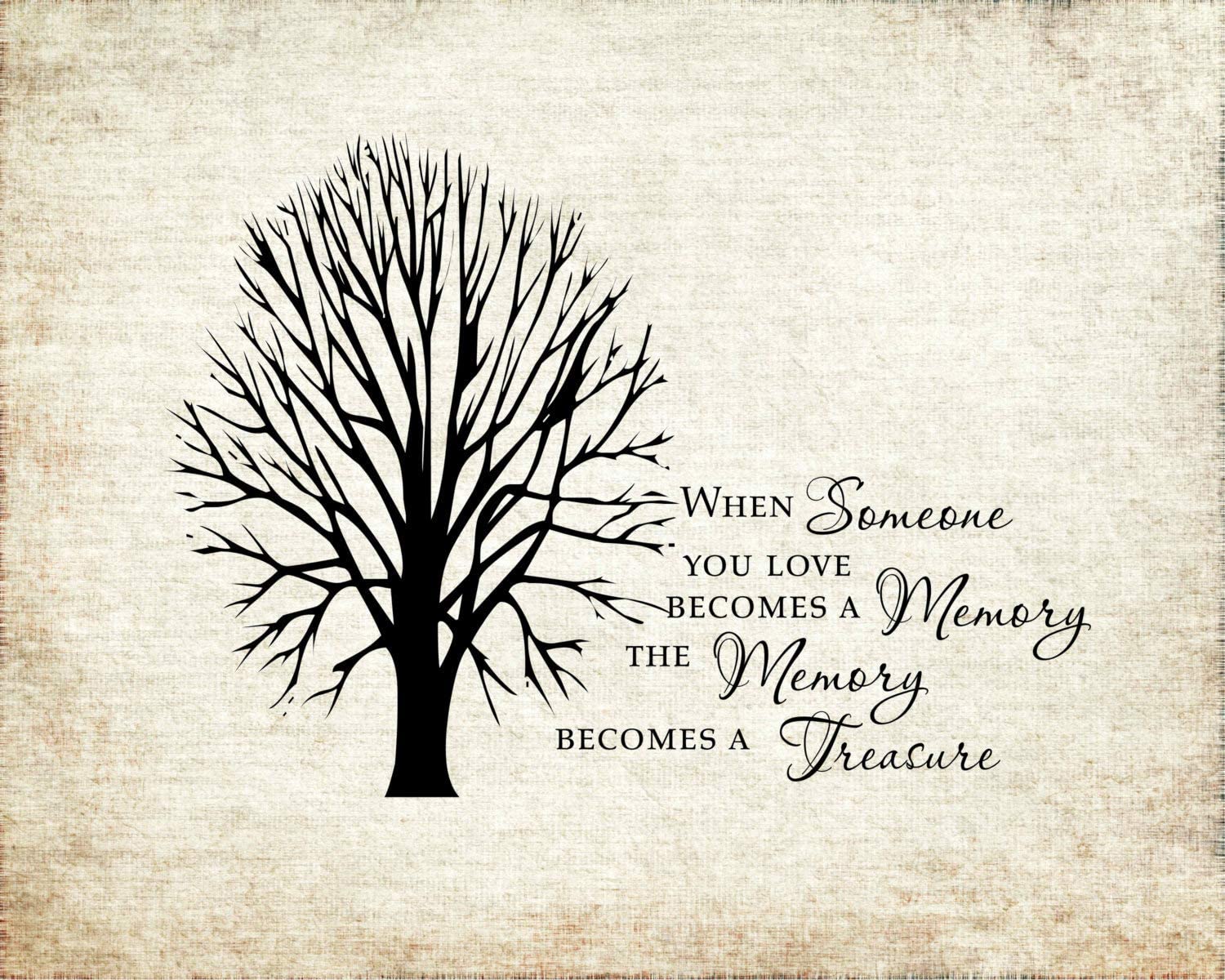
The message came the other day as a text in the middle of the afternoon from my friend Pam.“I know tomorrow is Corinne’s crossing day so how about going for a socially-distance walk together in the morning?” The message landed as both an aha moment, as I realized the source of the unidentified sorrow I’d been carrying around all morning, and as a burst of loving kindness that filled my heart. Pam was correct that the following day was the 16th anniversary of the day my daughter Corinne died after a two and a half-year battle with breast cancer that included experimental treatments and a bone marrow transplant.
As a grief advocate, I know and teach others about the importance of anniversaries of significant events in our deceased loved ones’ lives. But with the distractions of my Covid19 lifestyle, I’d momentarily forgotten this one. It’s important to note something else I teach people. Though consciously we may be unaware of the significance of a day, the body remembers. The body keeps its own calendar and its own score.
When I was raising my three children, especially during the time I was a single mother, my definition of a friend was someone who helped me to be a good mother to them. Now that I have buried two adult children, a friend is someone who helps me remember them, especially on the anniversaries of their parting. Through the years I’ve come to call these occasions,celebrations of sweet sorrow. They are opportunities to revisit my children and the people that they were and recount some of the gifts of the life that we shared.
In the first few years after each of my adult children’s deaths, I would think carefully what I wanted to do to remember and honor them on that day. I would think about what they would want to have happen if their lives had been extended long enough to allow it. I remember Corinne bending over a display table at the hospital that had been arranged by nutrition experts. In the era of ketchup being counted as a vegetable by the school dieticians, these scientists were demonstrating what needed to happen in order for school lunches to become truly healthy for growing children.
After a perusing of the brochures on display, Corinne moved on down the hallway, and said, while pointing over her shoulder, “When this is all over (he rtreatment), that will be one of my next things.” In the spirit of our co-destiny I have not taken that on yet, but since that issue hasn’t been solved, it could be something to attend to on her behalf.
We took the walk Pam had suggested though stories about Corinne didn’t come up often as they had on previous walks. This time the conversation turned to Corinne’s daughter, (my granddaughter) and Pam’s granddaughter as they were both resuming their university classes in person on their campuses for the first time this week. We spoke out loud our wishes for their safety, as Corinne would be doing if she were here in the flesh.
Life moves on through the next generation, but from my vantage point, I see the streams that connect us. Not sure my granddaughter is aware of it, but the PhD in physical therapy that she is beginning to pursue was what her mother had decided to do before she received her diagnosis. Since Corinne has gone on to larger life, it’s not hard to imagine that what she began will be continued by those she loved and by those of us who continue to love her.
Sheila

